|
As always on travel days, we arose long before the sun was up, pulled out of deep sleep by the sound of the alarm. The dogs were no more amused than we were. Rupee knows the meaning of the alarm and groaned when it rang.
Fortunately, the Bahamas are not terribly far, so after two flights we landed in paradise just before noon. The place where the ashram/school is located is actually called Paradise Island. Spot on. It seems that the tourist parts of the island are hectic and tacky, full of kitsch shops, bars with Caribbean drink specials, a baffling number of sunglass stores, and luxury shops. What a strange mix of commerce that makes the place surreal. The Sivananda Ashram is just across the bay, a short boat ride from the chaos. We debarked amidst palm trees, shaded paths and gently smiling yogis. My goal through this intensive training — 30 days of nonstop study and practice — is to balance my critical, analytical mind with some sense of openness. Undoubtedly, there is much I can learn. Why else would we be here? On the schedule are Sanskrit classes and Vedanta lectures, not to mention the intensive pranayama sessions that start daily at 5am. I am excited for the opportunity to learn, grow and expand. But, I must admit, I am a bit skeptical of the Bhakti/devotion-heavy lifestyle. I don’t know how much worship we will be asked to participate in, but for now I cringe at the thought. This is why I need to make an effort to be open. Perhaps I’ll be able to reconcile the analytical with the devotional, or perhaps one will have to surrender to the other.
1 Comment
I feel a great sense of relief.
This is the final proof of the upcoming Advanced Practice Manual. Just about every ounce of my creative energy for the past 6 months has gone into this book. The words, the pictures, the explanations, the research. As we near completion, I realize how all-encompassing the project has been. This book builds on the Beginning and Intermediate Practice Manuals that we published last year. It has 56 postures and preparations, 8 breath control practices, 6 sensory control practices and 15 sequences for general and specific practice. At 295 pages, it is more vast than either of the previous two. Ida always says it makes sense that an advanced volume would be more detailed and therefore bigger, but I always imagined the advanced instruction would get simpler. I was wrong. As the practices get more advanced, the need for detail grows almost exponentially. While a beginning practice can bring benefit to pretty much anyone, advanced practices get subtler. We walk on the razor's edge, where small adjustments can mean the difference between benefit and detriment. "Advanced 1" will go to the printer in a week, and we'll ship the first pre-orders in early January. The Ghosh lineage has a tradition of a system of 84 asanas (postures). Both Bose’s (1938) and Mukerji’s (1963) books contain 84 postures. Bikram Choudhury’s “Advanced Class” is sometimes referred to as the “84 Asanas” even though it is more than 84 postures (it comes from a list of 91). Tony Sanchez teaches a sequence of approximately 104 postures but often refers to the 84 postures in the tradition.
84 is a sacred number in many spiritual traditions, representing a harmonious relationship between the individual and the universe. This harmonious relationship is also fundamental to the practice of yoga, so it is no wonder that yogis incorporate the number into their systems. The idea of 84 asanas is an ancient one, though most traditions actually teach more than that. The Goraksasataka, a text from around the 13th century, states that there are as many Asanas as there are species of creatures, that Shiva has enumerated 84 asanas, and that out of all the asanas, only two are particularly distinguished. (GS 5-7) It goes on to describe Siddhasana and Kamalasana (another name for Padmasana or Lotus posture). The Shiva Samhita, from about the 15th century, says that “there are eighty-four asanas of various kinds which I have taught. Out of these I shall take four and describe them.” (SS 3:96) The Hatha Pradipika, popularly known as the Hatha Yoga Pradipika, from about the 15th century, agrees with the Shiva Samhita. It says “Eighty-four asanas were taught by Shiva. Out of those I shall now describe the four important ones.” (1:33) The Gheranda Samhita, from about the 17th century, says, “All together there are as many asanas as there are species of living beings. Shiva has taught 8,400,000. Of these, eighty-four are preeminent, of which thirty-two are useful in the world of mortals.” (2:1-2) The text goes on to describe those 32 asanas, by far the most in any old yoga text. As history has progressed and the practices of yoga have gotten more physical, the number of asanas that are actually instructed and practiced has increased. Today there are hundreds of asanas practiced in any given tradition, including Ghosh. But the symbolic power of the number 84 stays the same. In short, the idea of 84 asanas is a historic, sacred and symbolic one, not necessarily a practical representation of a tradition of actually 84 postures. Excerpted from the upcoming Ghosh Yoga Practice Manual, Advanced 1 Last week was my 36th birthday. Like everyone else, I have had fear of growing older, as my youth gets farther behind me with each passing day. I suppose it is no surprise that we fear getting older when youth is all we know.
I must be at the perfect age. All young people, teens and 20s, upon hearing that I'm 36, look at me with a pity reserved for elders and out-of-touch dinosaurs. On the other hand, when I tell anyone over the age of 40 that I am 36, they look at me with the glimmer of hope and possibility. "You are so young," they say, "with so much of your life ahead of you." What conclusion can I draw other than I am at the perfect age, neither too young nor too old. Balanced in the middle of life. (My true hope is that I feel this way with every passing year, though that can't possibly be the case.) As we edit our forthcoming Advanced Practice Manual, I am drawn over and over again to this variation of Dancer Posture. A full backbend, with the foot touching the head, while standing on one leg. It is a near-perfect expression of balance in all things: mobility, something that comes naturally in youth but fades as the years pass; strength and determination, which we learn to cultivate more and more with age; and balance, a function of awareness, control and surrender that I believe is the foundation of wisdom. This posture seems to express my age perfectly. Perched at the crossroads of youth and adulthood, flexibility and rigidity, making an effort to balance these forces.
Executing the posture in this way disengages both the gluteus maximus (butt) muscles and the abdominal muscles. These two huge muscle groups generally suffer from our western lifestyles, with so much sitting in chairs. It makes sense that they are weak, and the posture has altered to compensate for our weakness.
HOW TO CHANGE To execute the posture properly, as has been done from Bose to Choudhury, the glutes and abs must engage to tilt the pelvis backward. This flattens the spine. The weight shifts back significantly, which means that the ankles must bend to push the knees forward. Notice the position of the knees of Bose, Mukerji and Choudhury. They are all significantly forward of the ankles. Learning to practice Chair Posture this way can be challenging, especially when we've done it incorrectly for so long. Start very slowly. Bend the knees only slightly, and push them forward. Instead of focusing on your hips going back, bend your knees and push them forward. Whenever you feel your upper body leaning forward, straighten your legs a little bit, stand up, and again push your knees forward. Avoid letting the spine arch. Keep the back flat. You will notice that your abdominal muscles need to be quite tight. Practicing this way will integrate the muscles of your pelvis and spine, strengthen your ankles and improve your balance significantly. As I meditate, I am occasionally distracted by sounds or vibrations. These things happen outside of my body and are picked up by my senses. My senses then draw my mind outward, seeking understanding of what is going on around me. As I deepen my practice it is important to become aware of my senses and their tendency to draw my mind outward. Eventually they will come under control. This is the 5th limb of Patanjali's yoga: Sensory Control or Pratyahara. Without this control, mental concentration and meditation are impossible as they are constantly interrupted by distraction.
The very beginnings of Pratyahara can be done while practicing Postures (asana). You may notice that your eyes often wander around the room, moving quickly from one object to another. The first step of Sensory Control is to hold the eyes still in a Drishti gaze, which is simply focusing the eyes for awhile without moving them. You will notice both how difficult this can be and how quickly it quiets the mind. Each of the senses draws the mind outward in a slightly different way and therefore has a slightly different technique for its control. These practices have become an obsession for me lately, and I can feel my mind gradually turning inward. Mental Concentration and Meditation follow logically from this place! I will be leading a workshop about Sensory Control (Pratyahara) at Inner Fire Yoga on July 30. We are two weeks away from the first ever Ghosh Yoga Practice Week. Ida and I are passionate about creating an environment where yogis can delve deeply into their own practices and learn more progressive techniques and ideas.
As we finalize the schedule and the topics to be covered, I am neck-deep in books. And I love it. It is a challenge to balance the history and academic side of the tradition, the modern propensity toward athletic asana, anatomy and physiology, and our own personal experiences. But balance them we shall! I am especially excited about the morning practice sessions, which will combine therapeutic exercises that we learned in Kolkata with beginning and intermediate asana. EGO
We all begin with ego. We don't necessarily think that we are better than everyone else, but we are generally rooted in our own concept of reality. And, more significantly, we don't realize that we are rooted in and limited by our own conceptions. This is the first wall that begins to show cracks with earnest practice, study and humility. We realize that there are other versions of reality out there that are just as valid as ours. (Or just as invalid.) And we begin to see that "reality" is usually something we construct with our own minds; a fairy tale we tell ourselves to bring the comfort of structure. INSTRUCTION Once our ego is sufficiently weakened, we generally need guidance from someone who has experience in these realms. We have spent most of our lives with the unchallenged view that our reality was the only one, so we have little experience with any other worldview. This is where a teacher comes in handy. We seek (and hopefully find) someone who has walked the path before and who can effectively communicate how to traverse the new mental terrain. FAITH Faith, as I am growing to see it, is not a belief but rather an acceptance of our lack of control. In this way, faith is the opposite of the ego. We build our egos and our ego-centric worldview specifically to protect us from our powerlessness. When our ego crumbles and we gain familiarity with the limitations and capabilities of our consciousness, we exist in a mystical state that is almost incomprehensible to the logical human brain. This state, where we are unanchored by the stable but rigid constructs of our own egos, is faith. Faith takes courage, especially at first. It is uncomfortable to our logical minds, this surrendering and seeking to comprehend our true powerlessness and role in the world. One thing I've always loved about yoga is how the same posture can have several different names, depending on the lineage and historical period. Or the same name can refer to any number of different positions. Learning all the names and positions is something that floats my boat. It's like yoga trivia mixed with history and tradition. I find it funny and interesting, and at the end of the day it tells me that the names are only as good as their ability to transmit the idea of a posture to another person. (Though there is the school of thought that, once you know the true name of something, you understand it completely.)
A posture that has been lost to the Ghosh Lineage for some time is Mandukasana, Frog Posture. If you are familiar with other traditions, there are several postures that bear the name "Frog." Even Tony Sanchez uses the name "Frog" for a different stretching posture in his intermediate series. Bikram doesn't include Frog Posture in his "complete" list of postures, and so it has disappeared from a whole generation of his disciples. I was first introduced to it while editing Buddha Bose's book from the 1930s. It also appears in Gouri Shankar Mukherji's book from the 1960s. Also, there is a photo on the wall of Ghosh's Yoga College in Kolkata that shows Dibya Sundar Das in the posture. I began practicing it out of curiosity. It is intense at first, in both the knees and the hips. But once I settle, it is quite stable and strong. It is wonderful to prepare the lower limbs for Lotus, something that I care more and more about every day. Ida and I have begun taking photos for the first of our Advanced Practice Manuals, and we are including Frog Posture. Since both Bose and Mukherji's photos of the posture are from the back, to show the detail of the feet, it was almost surprising to see it from the front. Above I am including a picture of the front of Frog Posture. I'm also including my picture of the back just for fun. You will notice how similar it is to Bose's and Mukherji's. |
This journal honors my ongoing experience with the practice, study and teaching of yoga.
My FavoritesPopular Posts1) Sridaiva Yoga: Good Intention But Imbalanced
2) Understanding Chair Posture 2) Why I Don't Use Sanskrit or Say Namaste 3) The Meaningless Drudgery of Physical Yoga 5) Beyond Bikram: Why This Is a Great Time For Ghosh Yoga Categories
All
Archives
November 2017
|

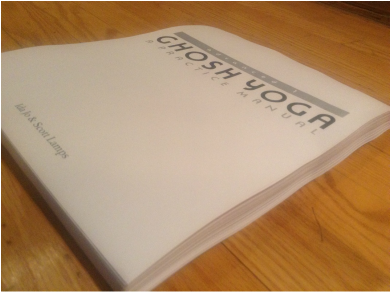
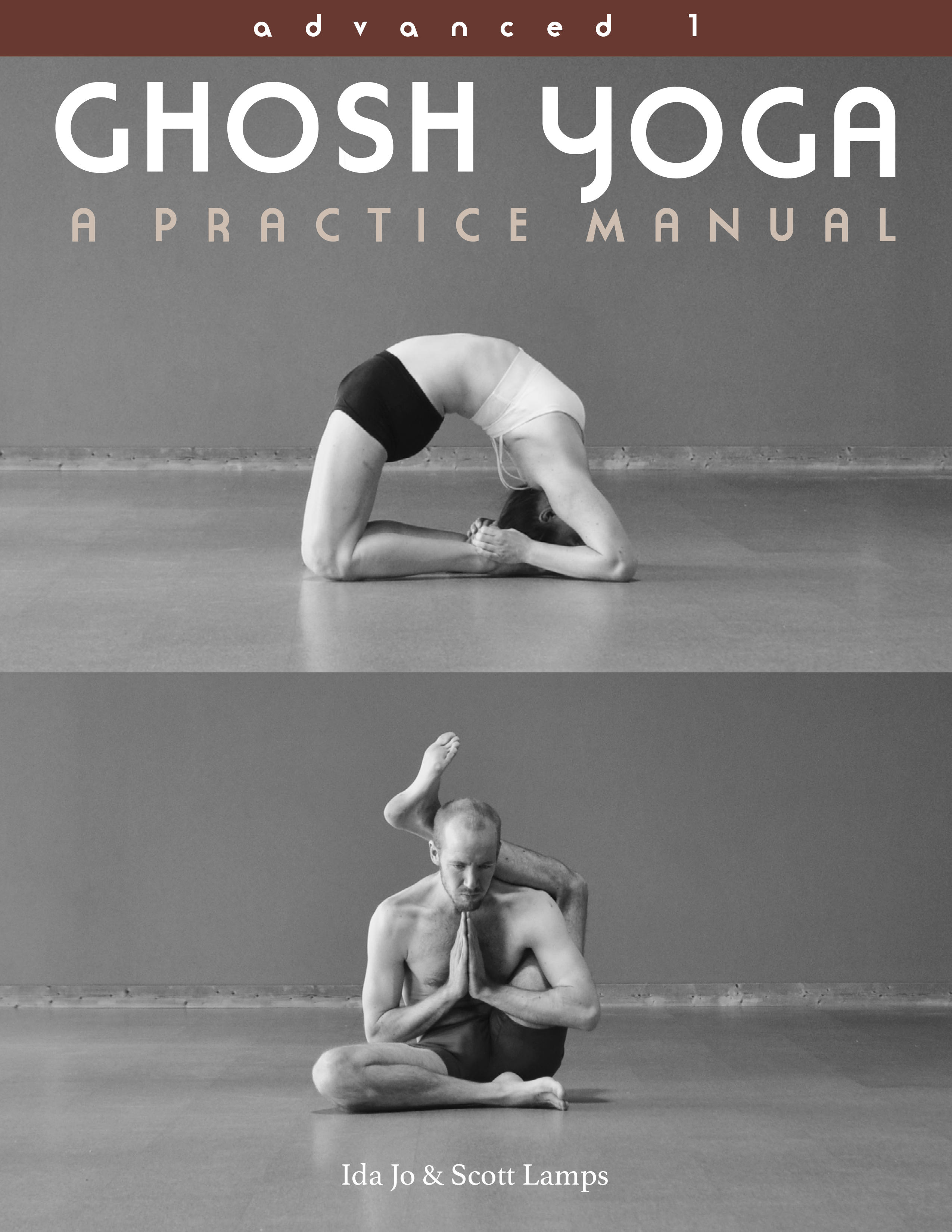
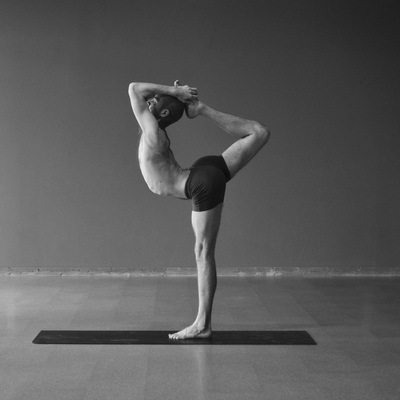
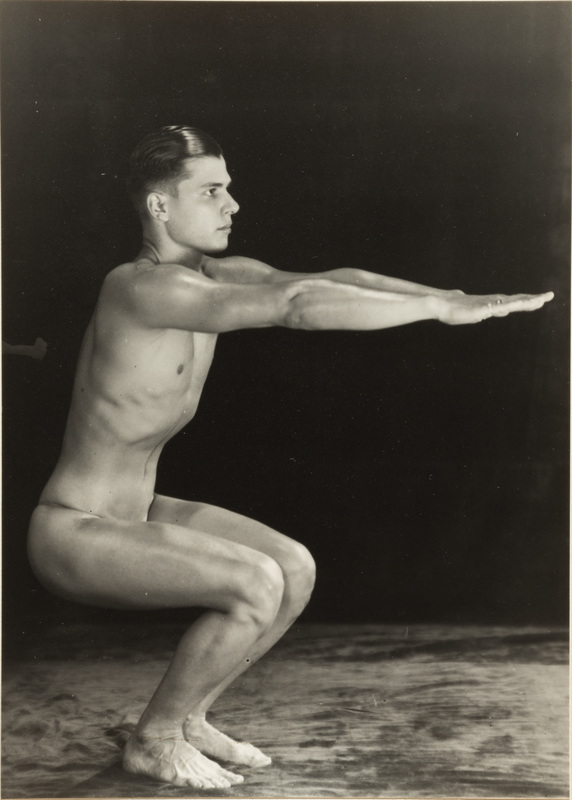
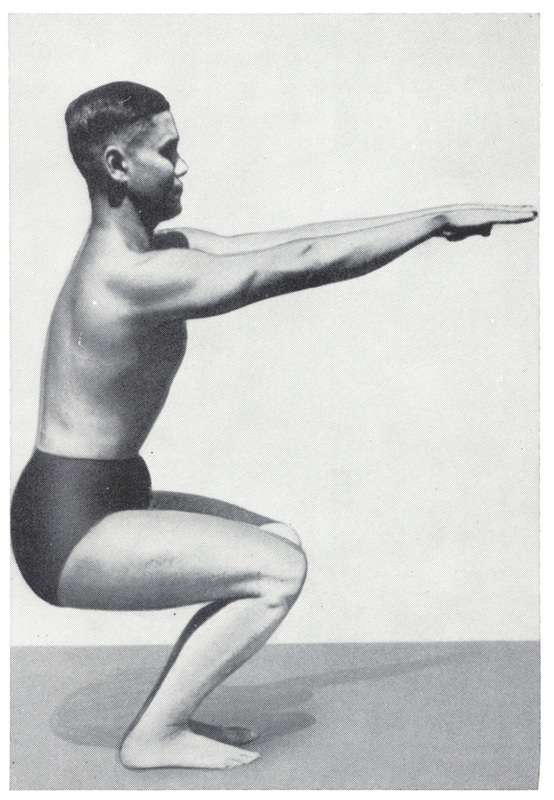
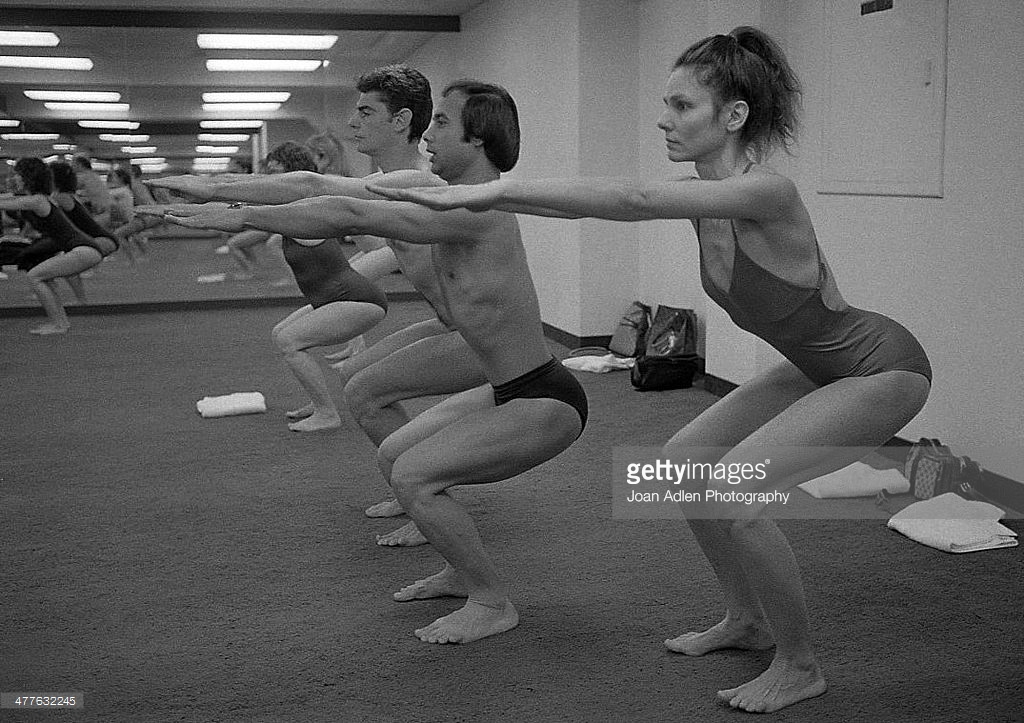
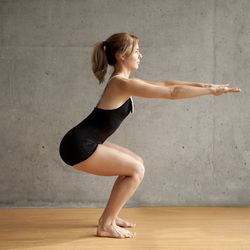
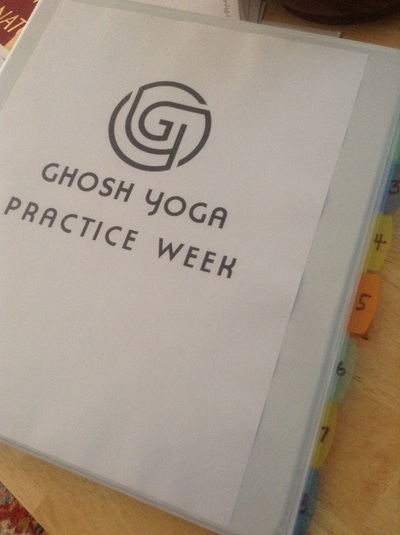
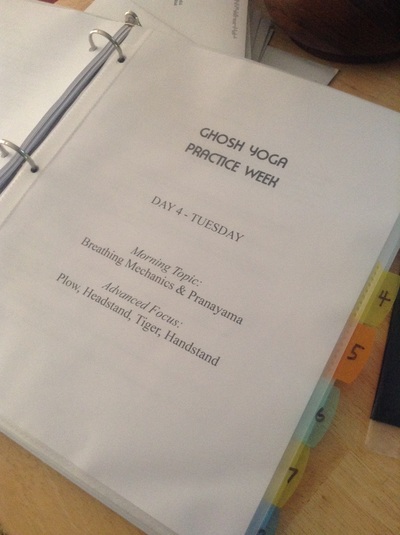
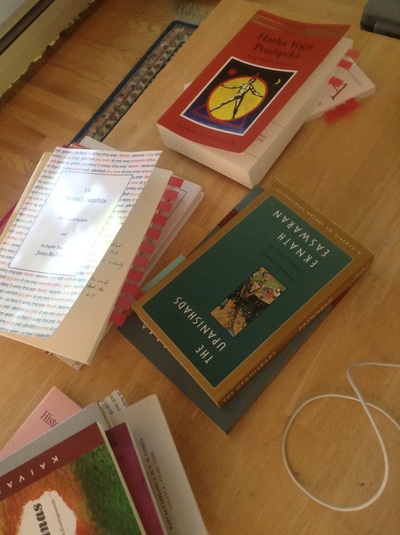
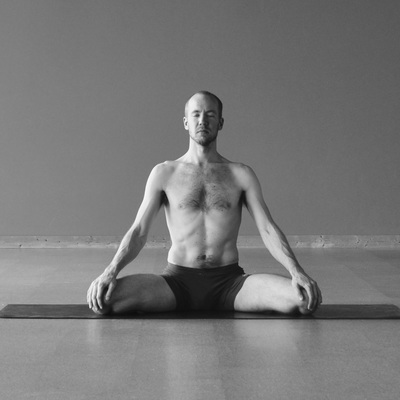
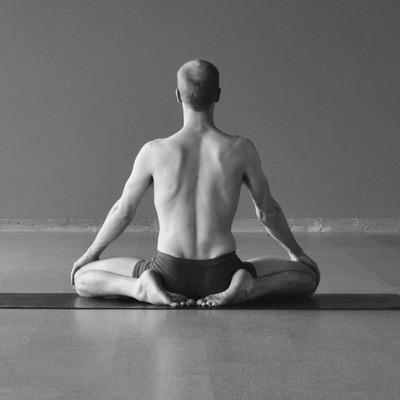
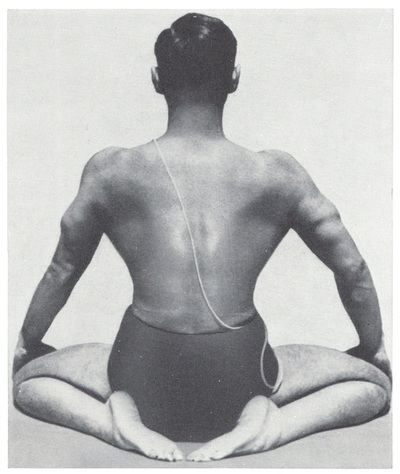
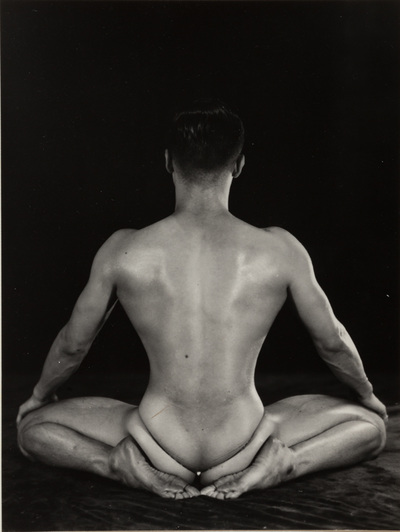
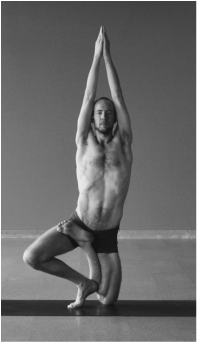
 RSS Feed
RSS Feed